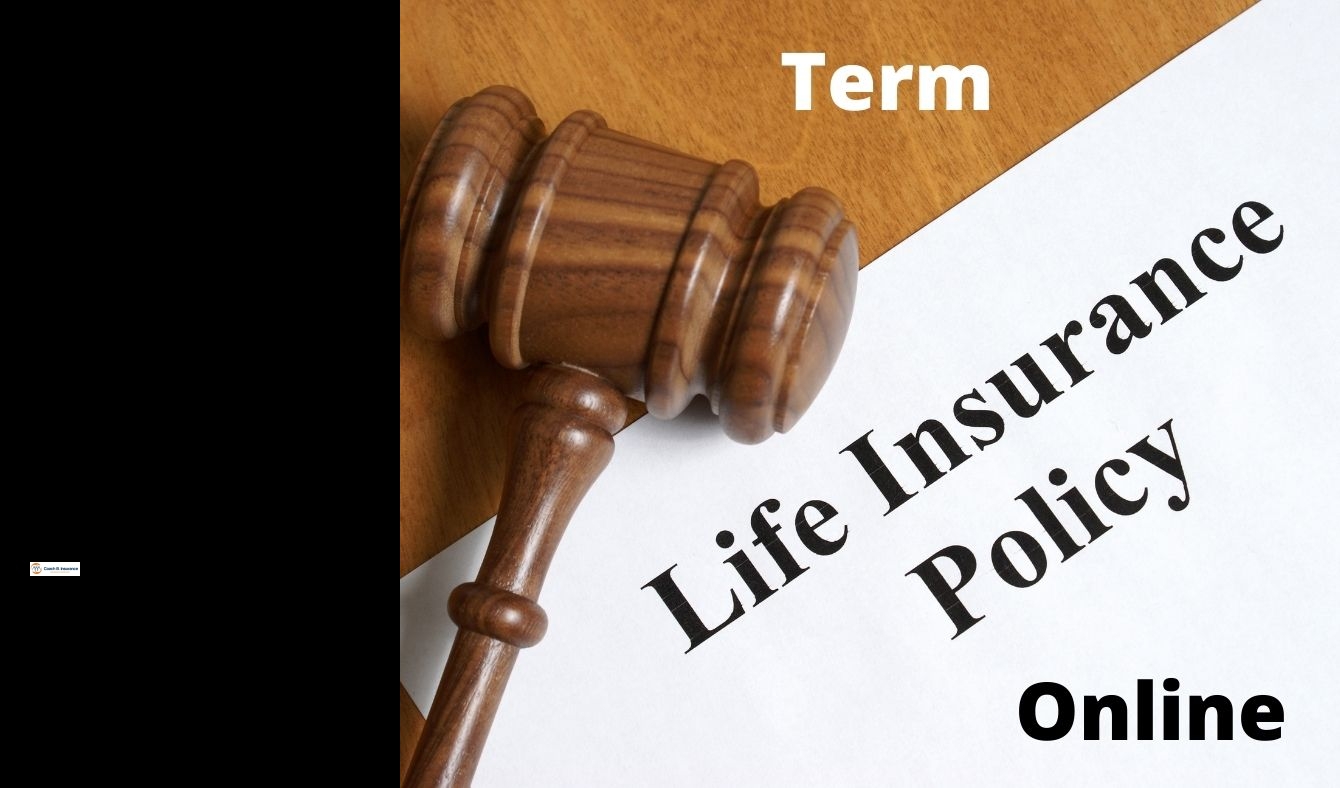full term life insurance
A loved one's death is devastating emotionally and can have a profound impact on every area of your life. Everyday expenses suddenly become more difficult to pay for. The first step in protecting your family and preparing them for the future is to plan by choosing the right life insurance option. To ensure the financial security of your loved ones, you need a comprehensive and flexible coverage option.



